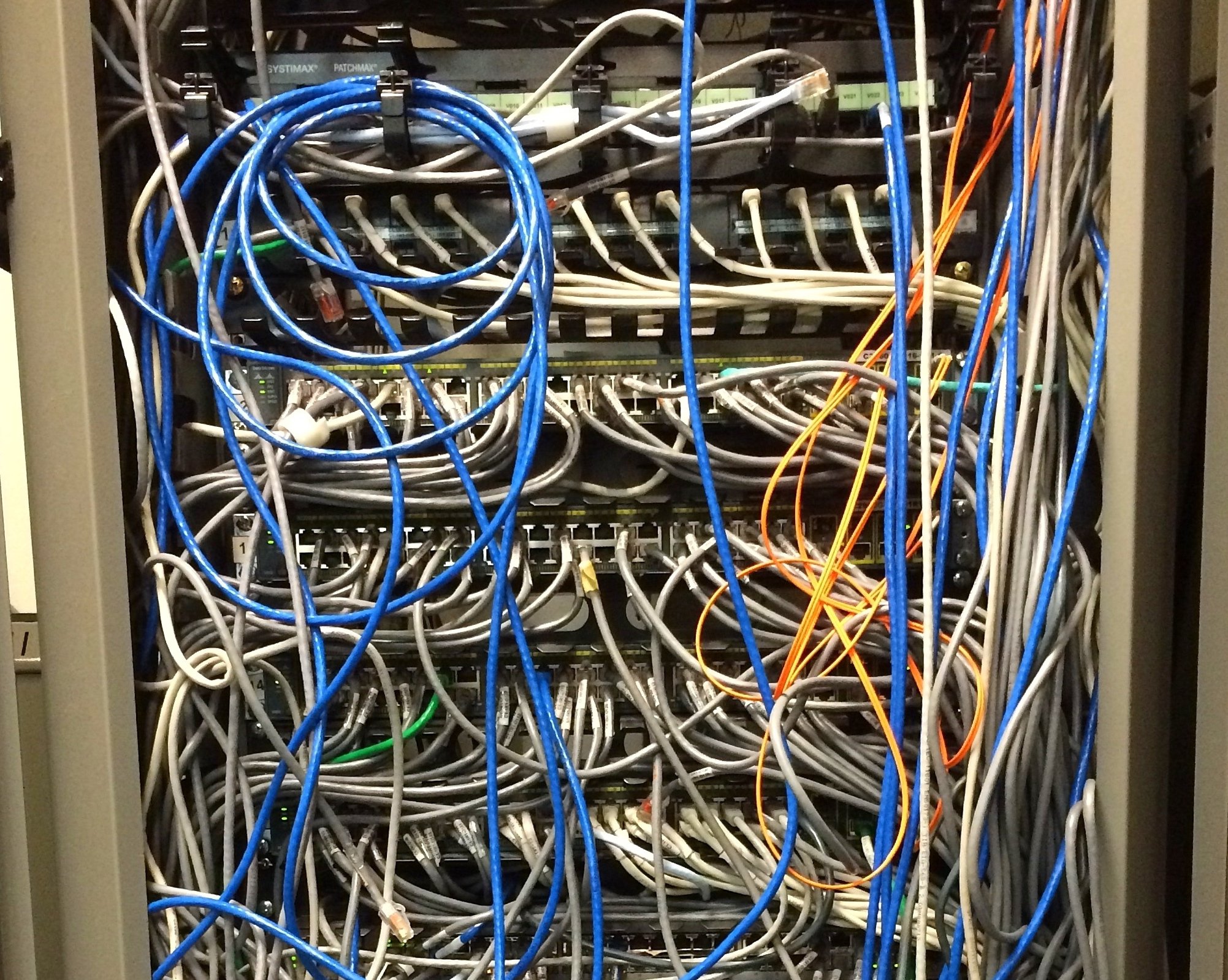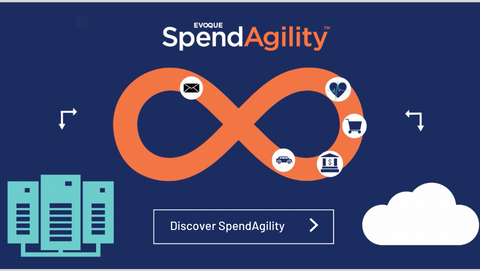June 16
Growth is typically an exciting moment for an organization that brings with it new customers, new innovations, and new opportunities. In most cases, however, rapid growth can also expose critical shortcomings in on-premises infrastructure. The tech stack that served a company well during the early phases of the business is seldom capable of carrying it to the next level of success. If the right steps aren’t taken quickly to help the organization scale more effectively, it could find that growth screeching to a halt.
On-premises data centers may have once been the standard means of deploying IT resources and applications, but today’s companies have a much wider range of options available to them. Colocation data centers and public cloud platforms are a compelling alternative for organizations that lack the capital resources to build and maintain their own facilities. Even larger enterprises that have long operated an on-premise data center are turning to other options as they undertake their digital transformation.
1. Cost
Building and maintaining on-premise IT infrastructure is an expensive undertaking. Setting aside the costs of servers, cooling, and power, there’s also the ongoing challenge of updating software, maintaining components, and keeping dedicated IT personnel on staff to troubleshoot any problems that emerge. Migrating assets into a colocation data center or cloud platform provides substantial cost advantages by converting capital expenses (CapEx) into operational expenses (OpEx). Since third party providers can spread their power and cooling costs over multiple customers, they can provide an economy of scale when it comes to energy billing. In most cases, they’re also running in purpose-built facilities with state-of-the-art equipment rather than outdated infrastructure that underpins most on-premises solutions.
2. Compliance Needs
As organizations grow, they often stumble into the complicated realm of regulatory compliance without a plan for how to address these requirements. Even when they are prepared, the sheer scope of some compliance standards, such as HIPAA/HITECH or PCI DSS, can be overwhelming if their IT infrastructure isn’t set up to accommodate them. By migrating assets into a colocation data center or cloud platform that has compliance built into its operational DNA, organizations can mitigate potential regulatory risks before they have a chance to impact their operations. A good colo or cloud vendor should be able to provide the appropriate compliance attestation reports (such as SOC 2 reports) from independent auditors upon request to demonstrate that they’ve taken every step to meet various industry standards.
3. Security Concerns
Few things are more terrifying for a company than a data breach. With malware and DDoS attacks on the rise in recent years, security should be at the forefront of every organization’s mind. Unfortunately, the increasing sophistication of cyberattacks has made it harder and harder for many businesses to take the necessary precautions quickly enough to protect themselves. Colocation and cloud providers are able to dedicate more of their resources to taking proactive cybersecurity measures to protect their customers’ IT assets. They can also provide much more robust physical security than on-premises facilities, which are frequently vulnerable to insider threats and unauthorized access by former employees and vendors. With the cost of downtime so high, and threats to cybersecurity being so ever present,, vigilance has to be the default setting.
4. Operational Visibility
Many organizations think that managing an on-premises data center solution provides them with the greatest level of transparency into their infrastructure. Unfortunately, that’s often far from the case. While it might be possible to physically inspect assets more frequently, few companies have the sophisticated data center infrastructure management (DCIM) tools necessary to monitor how their network and equipment is performing. Intelligent monitoring platforms can deliver unparalleled visibility into power consumption and bandwidth utilization. Rather than viewing a monthly report, operations managers can instead assess real-time data or break historical usage down to the day or the hour to identify patterns. This level of transparency allows organizations to react to changing demands before they become a serious issue, which helps to avoid unnecessary downtime.
5. Cloud Connectivity
Integrating on-prem infrastructure with cloud platforms can often be a challenge if the right connectivity services aren’t available. Rather than making the sizable investment to lay down new cable to an on-premises facility, it’s usually much more effective to migrate assets into a colocation data center that offers direct on-ramps to the leading cloud services. This allows organizations to build hybrid and multi-cloud environments that allow them to leverage the versatility and scalability of the cloud without sacrificing the control they expect from a data center. Alternatively, they may elect to jump to the cloud entirely and rely on virtual machines instead of physical servers. Both options provide much greater flexibility than the siloed environment of a conventional on-prem facility.
6. Scalability
Watching demand grow beyond its infrastructure’s capacity to meet it is a problem every business would like to have until they’re actually confronted with it. Unfortunately, adding new capacity to an on-premises solution is often a capital-intensive undertaking that takes time to approve and execute. By the time the additional capacity is added to meet growing demand, the opportunity may already be gone, leaving companies paying for capacity they no longer need. Migrating infrastructure into a colocation or cloud environment substantially reduces the cost of expanding capacity. Instead of having to build out additional power and cooling support, organizations can simply procure new servers to integrate into existing deployments or provision additional cloud resources.
7. Personnel
Operating an on-premises data center also means keeping dedicated IT personnel on staff to maintain it. While this has long been seen as a cost of doing business, it does little to promote growth or innovation. For most organizations, outsourcing this role to specialists at colocation or cloud providers and implementing automated systems to handle the day-to-day toil of managing infrastructure can free up technology teams to focus on tasks that will help generate more business. These providers also offer the benefit of 24x7x365 support and are routinely implementing the very latest practices to ensure operational efficiency. This is especially valuable for companies that have transitioned to a hybrid work environment with a distributed workforce because they never have to worry about who is available to troubleshoot problems with their infrastructure.
8. Uptime Reliability
Even a few seconds of downtime can cost an organization tens of thousands of dollars in lost revenue, productivity, and opportunities. Briefly losing access to mission critical data and applications can also have serious long-term implications if it causes customers to lose trust in a company’s services. Unfortunately, most on-prem facilities lack the redundancies or fail-over procedures to provide continuous uptime reliability. While cloud providers offer a significant upgrade in this respect, colocation data centers provide higher SLA uptime thanks to their robust infrastructure. Migrating into one of these facilities also ensures that an organization won’t become too dependent upon a single cloud vendor due to the diverse choice of connectivity options.
9. Energy Efficiency
While on-premises data solutions are not inherently less efficient, they often end up being that way in practice due to outdated or insufficient infrastructure. Many of them are located in facilities that were not designed from the ground up to serve as a data center, which makes it difficult to apply the latest innovations in power and cooling efficiency. For companies that can’t afford to build and maintain a state-of-the-art data center, migrating into a colocation or cloud environment provides an easy way to leverage the latest efficiency practices for their IT deployment. This has the added benefit of reducing their overall carbon footprint at a time when consumers expect firms across all industries to take responsible steps toward sustainable energy consumption.
10. Disaster Resilience
As natural disasters become more frequent and severe, organizations need to take a long, hard look at how well their IT infrastructure will hold up with unplanned failures. Many on-premises facilities lack the redundancies necessary to stay operational for an extended amount of time in the event of a power loss. Colocation data centers and cloud platforms have access to extensive disaster recovery capabilities that allow them to protect environment availability and keep essential applications online in the event of a disaster. And as the COVID-19 pandemic demonstrated in 2020, not all disasters are the sort that disrupt physical infrastructure. Having the ability to manage servers and other assets without needing to access them directly proved critical for many organizations during the Coronavirus crisis, which only underscored the value of experienced remote hands personnel and intelligent monitoring solutions.
Plan Your Migration with Evoque Data Center Solutions
Evoque operates multiple colocation data center locations around the world and provides experienced cloud consulting services to help organizations transition from their outdated, on-premises infrastructure and into a cutting-edge environment that supports future growth. We take an application-first approach to infrastructure planning that identifies the specific needs of your mission-critical applications and places your workloads in the right location for optimal performance. Whether your ideal operating environment is in one of our intelligent data centers or within a multi-cloud framework that leverages the power of several cloud services, our team has the experience and expertise to find the best solution for your needs.
To learn more about our unique application-first approach or begin your migration planning, talk to one of our solutions experts today.





